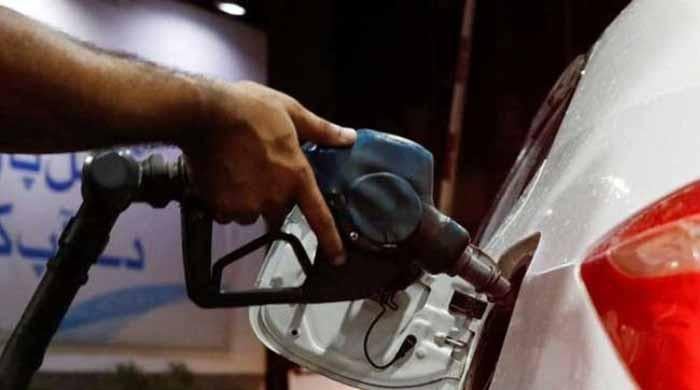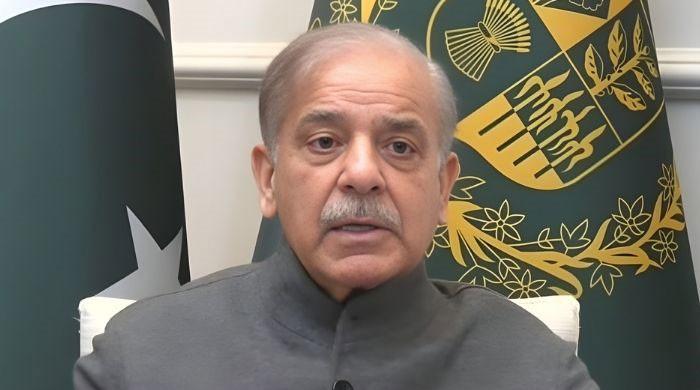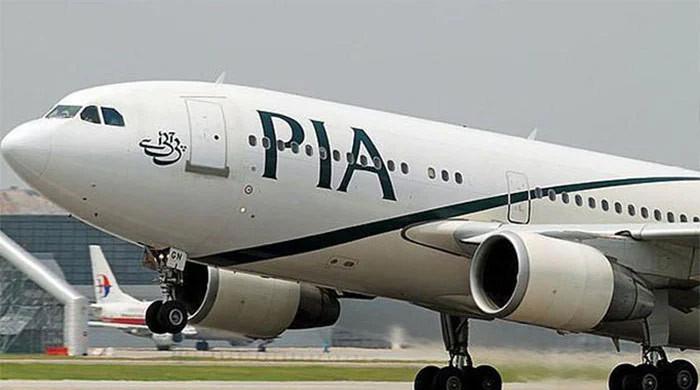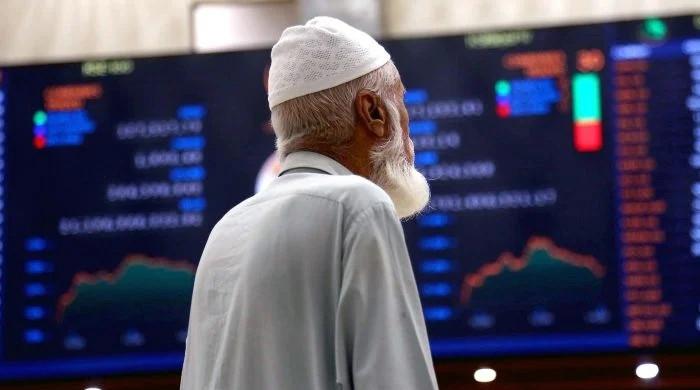Pakistan's current account deficit declines to $229m in January
SBP says current account deficit was down 65% from $652 million in December 2020 due to a 12% decrease in imports
February 23, 2021
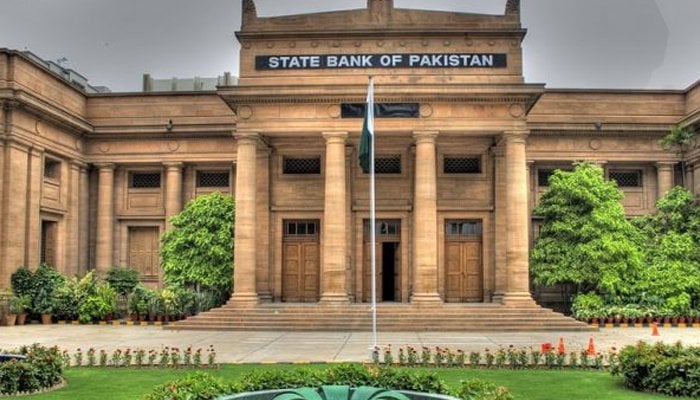
- SBP says current account deficit was down 65% from $652 million in December 2020 due to a 12% decrease in imports
- Analysts say decline due to increase in total exports and remittances
- Analysts forecast current account unlikely to exceed 0.8% of GDP this fiscal year
KARACHI: Pakistan’s current account deficit shrunk by 55% year-on-year to $229 million in January in the backdrop of recovering exports and robust remittances, the State Bank of Pakistan (SBP) said Monday.
The SBP data showed that the current account deficit stood at $512 million in January 2020. The current account deficit was down 65% from $652 million in December 2020, mainly due to a 12% ($697mln) decline in total imports.
“Compared to January 2020, exports grew steadily while remittances continued their record expansion. Imports of wheat and sugar to address domestic shortages, and palm oil, were significantly higher,” the SBP wrote on Twitter. “Machinery imports continued to grow at double-digits, reflecting economic recovery.”
Arif Habib analyst Tahir Abbas said that the primary reason behind the decline in annual deficit was a 2% year-on-year ($52mln) and 19% year-on-year (USD 367mln) rise in total exports and remittances respectively.
Read more: PTI govt admits to failing to achieve key fiscal deficit, public debt targets for Pakistan
“However, total imports increased by 10% YoY ($471 million).”
In the first seven months of the current fiscal year, the current account posted a surplus of $912 million, compared to the deficit of $2.54 billion in the same period last fiscal year.
Exports of goods fell to $20 billion in January from $2.2 billion in December last year.
Imports also declined from $4.4 billion in January to $5 billion in the previous month.
Read more: Pakistan records remittances over $2b for eighth consecutive month
Analysts said the monthly import bill will increase going forward, but overall the current account is unlikely to exceed 0.8% of GDP this fiscal year. Besides, prices and petroleum import quantities are recovering to their pre-Covid levels, causing additional burdens on the import bill.
Food imports are also likely to remain high in the near term due to the continued import of wheat over the next two months. More importantly, imports of machinery will also pick up pace towards the end of FY2021 as domestic activity improves and businesses import machinery, utilising the concessionary financing facility.
Read more: After five months of a current account surplus, Pakistan sees a deficit
“The outlook for the external sector has improved since the previous set of projections published in SBP’s FY20 annual report. The current account deficit is now projected to be in the range of 0.5-1.5% of GDP (earlier: 1 to 2% of GDP),” the SBP said in its first quarterly report.
“The revision is mainly due to an upward adjustment in workers’ remittances, which are now expected to be in $24-25 billion (earlier: $22-23 billion).”
Originally published in The News




